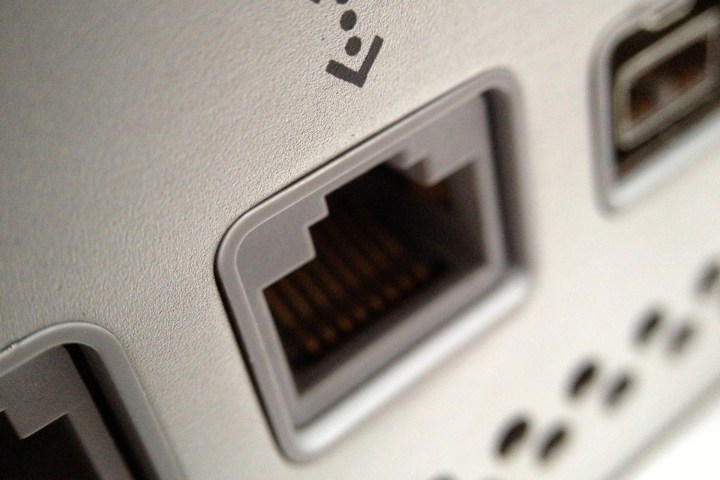
Version 3.28.1 of the “Incompatible Kernel Extension Configuration Data,” included in updates last week, blacklisted the BCM5701 driver necessary for most Macs to use their Ethernet port. It’s a pretty epic failure, to say the least. 9to5Mac reports that the broken update has been pulled, and an update for affected users is already available.
If you’ve got a Wi-Fi connection, the problem should resolve itself as updates are installed. If you’d like to force the issue, or don’t have Wi-Fi access, Apple has instructions for you, but here’s a quick summary. First, check if you’re running the affected software:
- Hold Option, then click the Apple logo at the top-left of your screen. Click System Information.
- Under Software, click Installations to bring up that panel.
- Look for Incompatible Kernel Extension Configuration Data. If 3.28.1 is the newest version, you need a fix. If not, the problem is something else (sorry!)
If you have Wi-Fi, updates will fix the problem eventually, but you can force the update if you need Ethernet immediately.
- Open the Terminal, which you can find using Spotlight or in the Utilities folder, which is in the Applications folder.
- Type this command:
sudo softwareupdate --background - Restart your Mac
After doing this, your Ethernet should be up and running again. It’s not an elegant solution, but happily is only necessary if you need Ethernet immediately. If you’re willing to wait until updates happen on their own, this step isn’t necessary.
If you don’t have Wi-Fi access at all, but have the affected software, you’re going to need to boot into OS X Recovery, mount your system drive, and delete the file in question.
- Restart your Mac, holding Command and R when the computer starts up before the iconic sound.
- Open the Disk Utility, them mount your system drive. If your drive is encrypted, you’ll need the password.
- Quit the Disk Utility, then open the Terminal.
- Paste this command, changing the name of the drive if you don’t use the default:
rm -rf “/Volumes/Macintosh HD/System/Library/Extensions/AppleKextExcludeList.kext” - Restart your Mac and Ethernet should work, but be sure to update your software using the
sudo softwareupdate --backgroundcommand.
It’s a little rich that Apple, long boastful of their ease-of-use, is instructing users to use the recovery partition and Terminal to get something as basic to computing as Ethernet up and running again. If Apple wants to keep its reputation, quality control needs to catch things like this before updates are pushed, or users are going to start complaining loudly.


